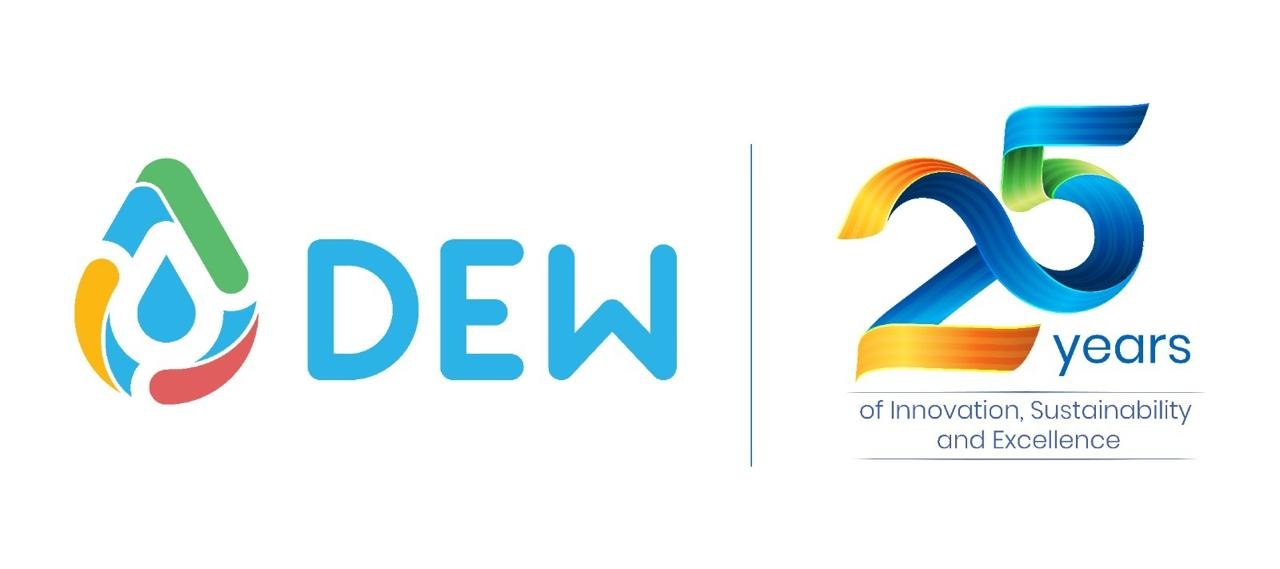Ultrafiltration (UF) is a separation process using membranes with pore sizes in the range of 0.1 to 0.001 micron. Typically, UF membranes will remove high molecular-weight substances, colloidal materials, and organic and inorganic polymeric molecules. Low molecular-weight organics and ions such as sodium, calcium, magnesium chloride, and sulfate are not removed by UF Membranes. Because only high-molecular weight species are removed, the osmotic pressure differential across the UF Membrane surface is negligible. Low applied pressures are therefore sufficient to achieve high flux rates from an Ultrafiltration membrane.
Efficient and effective water treatment generally requires a combination of different methods and technologies. This combination depends on the intended purpose of the cleaned water (e.g. drinking water, industrial process water for power plants, etc.) as well as on the quality and degree of contamination of the original water. Thanks to its unique advantages, ultrafiltration can play a central role in this mix of physical, chemical and mechanical processing methods.
Dew manufactures ultrafiltration plant containing in tubular, hollow fiber, spiral and flat sheet membrane configurations. UF is a low pressure process for separating larger size solutes from aqueous solutions by means of a semi-permeable membrane.
Spiral Wound Module:
Consists of large consecutive layers of membrane and support material rolled up around a tube.
Maximizes surface area.
Less expensive, however, more sensitive to pollution.
Tubular Membrane:
The feed solution flows through the membrane core and the permeate is collected in the tubular housing.
Generally used for viscous or bad quality fluids.
System is not very compact and has a high cost per m2 installed.
Hollow Fiber Membrane:
The modules contain several small (0.6 to 2 mm diameter) tubes or fibers.
The feed solution flows through the open cores of the fibers and the permeate is collected in the cartridge area surrounding the fibers.
The filtration can be carried out either “inside-out” or “outside-in”.
Ultrafiltration module configurations
Pressurized system or pressure-vessel configuration:
TMP (transmembrane pressure) is generated in the feed by a pump, while the permeate stays at atmospheric pressure.
Pressure-vessels are generally standardized, allowing the design of membrane systems to proceed independently of the characteristics of specific membrane elements.
Immersed system:
Membranes are suspended in basins containing the feed and open to the atmosphere.
Pressure on the influent side is limited to the pressure provided by the feed column.
TMP is generated by a pump that develops suction on the permeate side.
Ultrafiltration, like other filtration methods can be run as a continuous or batch process.
Advantages of Ultrafiltration
The deployment of ultrafiltration offers significant advantages over conventional water treatment methods:
- Blood purification including dialysis.
- Removal of germs, bacteria, viruses and all types of suspended solids
- No addition of chemicals
- The quality of the treated water remains the same regardless of the degree of contamination of the original water
- Simple and safe to operate and manage
- Pre / post treatment in pure water production for microelectionics inductry and bottled mineral water fabrication.
- Electrodeposition paint recovery.
- The clairy industry application to concentrate and recover whey protein.
- Highly stable oil / water emulsion’s separation.
- Polyinylalcohol ( PVA ) recovery in textile industry.
- Separation and harvesting of enzymes.
DEW UF products for industrial applications are designed for crossflow separation, where a feed stream is introduced into the membrane element under pressure and passed over the membrane surface in a controlled flow path. A portion of the feed passes through the membrane and is called permeate. The rejected materials are flushed away in a stream called the concentrate. Crossflow membrane filtration uses a high cross flow rate to enhance permeate passage and reduce membrane fouling.
DEW crossflow membrane filtration controls the effect of concentration polarization and the gel layer. It provides the most rapid, and hence economic, continuous membrane filtration.
For municipal applications, DEW offers hollow fiber ultrafiltration membranes that can be integrity tested to demonstrate that the UF system is retaining bacteria and viruses. Municipal UF systems can operate in either a single pass or recirculation mode. Hollow fiber membranes also have the capability to be backwashed, where filtered water is pushed backwards through the membrane to remove accumulated solids on the membrane surface. DEW Municipal UF systems provide flexibility to operate in a range of conditions that can optimized for a specific water source to reduce operating costs. Typical pressures for these systems are in the range of 10 -20 psi.
| UF Applications | |
|---|---|
| Application | Permeate(Product) |
| Milk | Lactose and salts solution |
| Whey | Lactose and salts solution |
| Apple juice clarification | Low turbidity, clear juice |
| Reuse of municipal wastewater | Water free of suspended solids, bacteria & viruses Turbidity < 0.1 NTU SDI15 < 3 |
| Oily Wastewater | Oil free water |
| Paint | Water, dissolved salts and solvents |
| Drinking Water | Drinking water free of suspended solids, turbidity, bacteria and large viruses |

